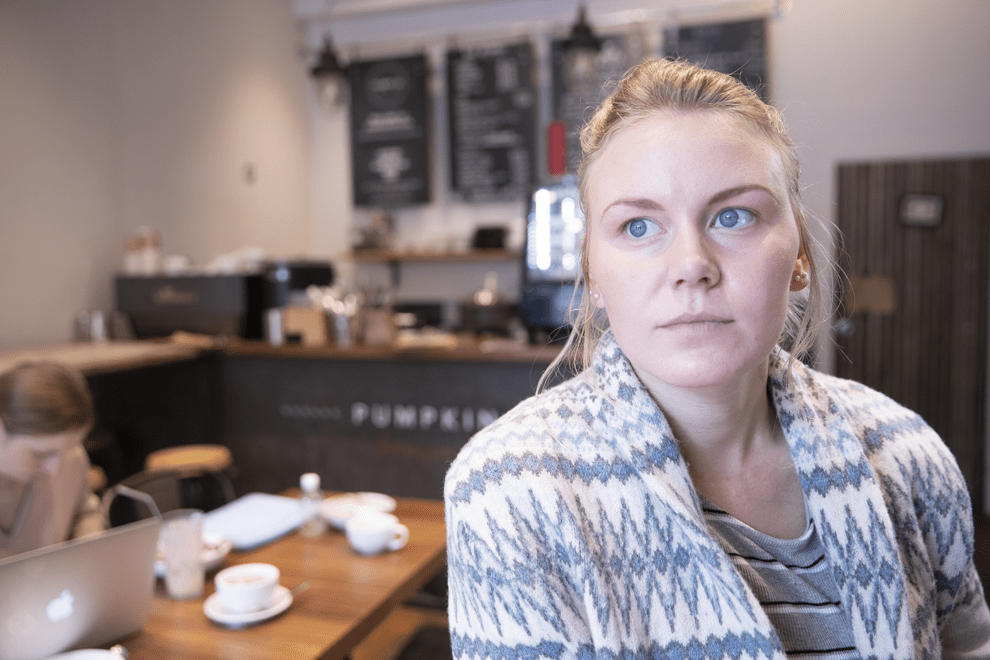November 7, 2018
Metering Modes – when to use them
How to get better results in high contrast scenes

When your camera is taken out of the box and you start taking pictures it will usually do a good job of telling you that the right amount of light is being applied. However, there are times when the camera will get confused and the light meter will give a ‘bad’ reading. This usually happens when you have a high contrast scene and your subject is either darker or lighter than the rest of the picture. This is when you need to understand the different metering modes.
Metering modes – the options
Depending on the make and model of your camera there may be three or four different metering modes available. Three of them are named the same across camera manufacturers, Spot, Partial and Centre-Weighted. The default metering mode that is set when the camera comes out of the box has a variety of names depending on the manufacturer, but they all do the same job. For Canon it is called Evaluative, Nikon calls it Matrix metering and most other manufacturers chose to name it Multi.
Let’s look at the four metering modes and what they do and when to use them.
Evaluative, Matrix or Multi Metering Mode
This is the metering mode that your camera will be set to when it comes out of the box. It is ideal for a typical landscape photography scene. The camera is going to ‘look’ across the entire frame of the scene. The light meter will try and take account of the bright elements in the sky and also the darker elements of the foreground. When there is a good spread of light and shade across the scene this mode will usually work pretty well.

Spot Metering Mode
There may be times when you want to take a photograph of a subject which is either much brighter or darker than the rest of the scene. A portrait can be a good example of this. In the scene below the subject of the portrait is being lit by a window. The back of the scene is much darker – there are over three stops of light difference between the subject and the background. Using the Evaluative (or all other names) mode the result is that the subject is over-exposed whereas the background is closer to what was seen at the time of the shoot.

This is the ideal scene to use the spot metering mode. The light meter is going to use an area of 2-4% around the focus point to measure the ‘correct’ amount of light. In the shot below, the cheek of the subject has been metered. The result of using the spot metering mode is that we get a much more accurate exposure for the portrait. The background is darker than was seen at the time of the shoot but in this case that’s fine as we are more interested in the subject, not the background.

Partial Metering Mode
This mode is very similar to spot metering. However, instead of taking an area of around 2-4% the light meter will use between 9 – 13% of the area around the focus point. In all my time as a professional photographer, I have never felt the need to use this mode and the result that would have been achieved would have been pretty much the same as Spot metering.
Centre-weighted Metering Mode
This final metering mode is a half-way house between Evaluative and Spot metering modes. The light meter is going to look across the entire image but weight it toward whatever is in the centre of the frame.
When taking a portrait, it’s not always good to have the subject in the middle of the frame and instead use the ‘rule of thirds’ to place them toward one side of the image. This could cause a problem using the centre-weighted mode. This time the subject has been moved to the right and as a result, the light meter has used the centre area which has again over-exposed the subject.

In writing this week’s blog I consulted with a number of my professional photographer colleagues and all of them tend to switch between either Evaluative or Spot metering. Rarely do they ever switch to either Partial or Centre-weighted metering modes.
I have to thank the subject of the coffee shop images this week who was attending one of my Switch to Manual workshops. By being hands-on and showing the practical changes during the workshops I find it really helps to show the impact of the different modes.